DIAMOND EDUCATION
Carat
How Did The Carat System Start?
Color
Diamond color is all about what you can’t see. Diamonds are valued by how closely they approach colorlessness – the less color, the higher their value. (The exception to this is fancy-color diamonds, such as pinks and blues, which lie outside this color range.)
Most diamonds found in jewelry stores run from colorless to near-colorless, with slight hints of yellow or brown.
GIA’s color-grading scale for diamonds is the industry standard. The scale begins with the letter D, representing colorless, and continues with increasing presence of color to the letter Z, or near-colorless. Each letter grade has a clearly defined range of color appearance. Diamonds are color-graded by comparing them to stones of known color under controlled lighting and precise viewing conditions.
Many of these color distinctions are so subtle as to be invisible to the untrained eye. But these slight differences make a very big difference in diamond quality and price.
Why Does the GIA Color Grading System Start at D?
CLARITY
Because diamonds formed deep within the earth, under extreme heat and pressure, they often contain unique birthmarks, either internal (inclusions) or external (blemishes).
Diamond clarity refers to the absence of these inclusions and blemishes. Diamonds without these birthmarks are rare, and rarity affects a diamond’s value. Using the GIA International Diamond Grading System™, diamonds are assigned a clarity grade that ranges from flawless (FL) to diamonds with obvious inclusions (I3).
Every diamond is unique. None is absolutely perfect under 10x magnification, though some come close. Known as Flawless diamonds, these are exceptionally rare. Most jewelers have never even seen one.
The GIA Clarity Scale contains 11 grades, with most diamonds falling into the VS (very slightly included) or SI (slightly included) categories. In determining a clarity grade, the GIA system considers the size, nature, position, color or relief, and quantity of clarity characteristics visible under 10x magnification.
Flawless (FL)
No inclusions or blemishes are visible to a skilled grader using 10x magnification
Internally Flawless (IF)
No inclusions and only blemishes are visible to a skilled grader using 10x magnification
Very, Very Slightly Included (VVS1 and VVS2)
Inclusions are difficult for a skilled grader to see under 10x magnification
Very Slightly Included (VS1 and VS2)
Inclusions are clearly visible under 10x magnification but can be characterized as minor
Slightly Included (SI1 and SI2)
Inclusions are noticeable to a skilled grader using 10x magnification
Included (I1, I2, and I3)
Inclusions are obvious under 10x magnification and may affect transparency and brilliance
How Did the GIA Clarity Scale Come About?
Like the color scale, GIA’s clarity grading system developed because jewelers were using terms that were easily misinterpreted, such as “loupe clean,” or “piqué.” Today, even if you buy a diamond in another part of the world, the jeweler will likely use terms such as VVS1 or SI2, even if her language is French or Japanese instead of English.
CUT
Cut is the factor that fuels a diamond’s fire, sparkle and brilliance.
The traditional 58 facets in a round brilliant diamond, each precisely cut and defined, are as small as two millimeters in diameter. But without this precision, a diamond wouldn’t be nearly as beautiful. The allure of a particular diamond depends more on cut than anything else.
Though extremely difficult to analyze or quantify, the cut of any diamond has three attributes: brilliance (the total light reflected from a diamond), fire (the dispersion of light into the colors of the spectrum), and scintillation (the flashes of light, or sparkle, when a diamond is moved).
An understanding of diamond cut begins with the shape of a diamond. The standard round brilliant is the shape used in most diamond jewelry. All others are known as fancy shapes. Traditional fancy shapes include the marquise, pear, oval and emerald cuts. Hearts, cushions, triangles and a variety of others are also gaining popularity in diamond jewelry.
As a value factor, though, cut refers to a diamond’s proportions, symmetry and polish. For example, look at a side view of the standard round brilliant. The major components, from top to bottom, are the crown, girdle and pavilion. A round brilliant cut diamond has 57 or 58 facets, the 58th being a tiny flat facet at the bottom of the pavilion that’s known as the culet. The large, flat facet on the top is the table. The proportions of a diamond refer to the relationships between table size, crown angle and pavilion depth. A wide range of proportion combinations are possible, and these ultimately affect the stone’s interaction with light.
In early 2005, GIA unveiled a diamond cut grading system for standard round brilliants in the D-to-Z color range. This system, the product of more than 15 years of intensive research and testing, assigns an overall diamond cut grade ranging from Excellent to Poor.
How Does Pavilion Depth Affect a Diamond’s Cut?
DIAMOND SHAPES
The shape that most people will be familiar with is the round diamond. This represents the classic diamond, the example of brilliance and shine. However, there are actually several other shapes in addition to the standard round. It takes a careful and precise hand to cut these various shapes flawlessly. Below, you will find examples of the different shapes that you might find in our store.

Asscher
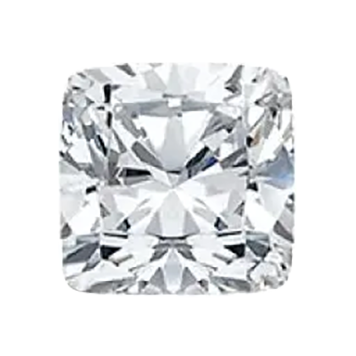
Cushion

Emerald

Heart
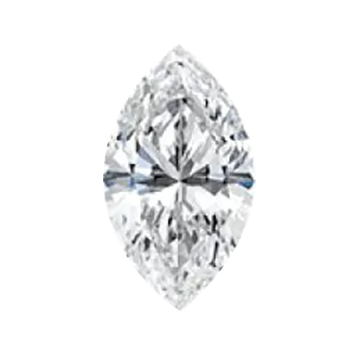
Marquise

Oval
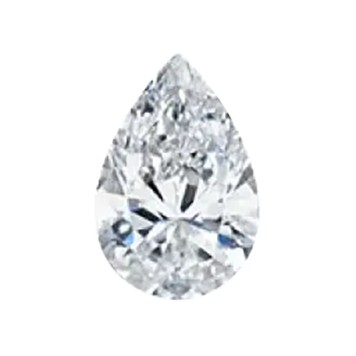
Pear
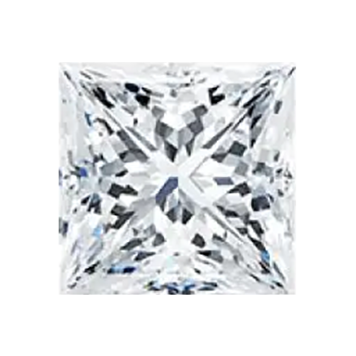
Princess
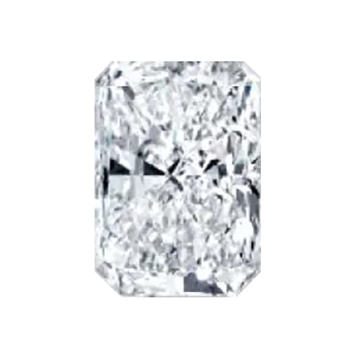
Radiant
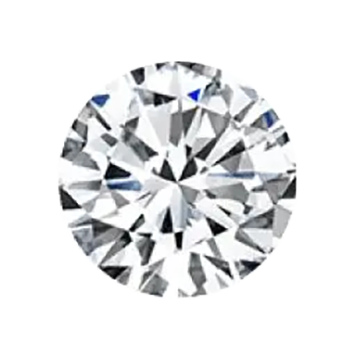
Round

Asscher

Cushion

Emerald

Heart

Marquise

Oval

Pear

Princess

Radiant

Round
